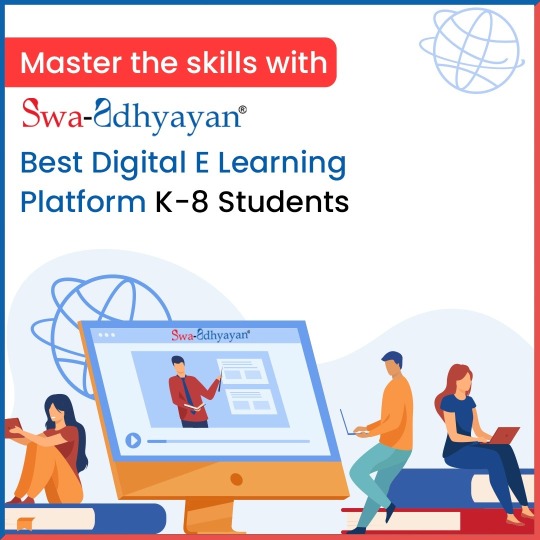#student digital learning platform
Explore tagged Tumblr posts
Text
Swa-Adhyayan, Best Digital E Learning Platform K-8 Students allows the students to master various skills

Benefits of Educational Apps being extended to the Swa-learners at the platform. The students at platform are provided with separate dashboards with teachers, parents and the school authorities. The teachers at the platform are provided with facilities that enables them to control the learning journey of the student at the platform. Student Digital Learning Platform provides them with the facility of using online amenities for conducting in depth study and analysis.
0 notes